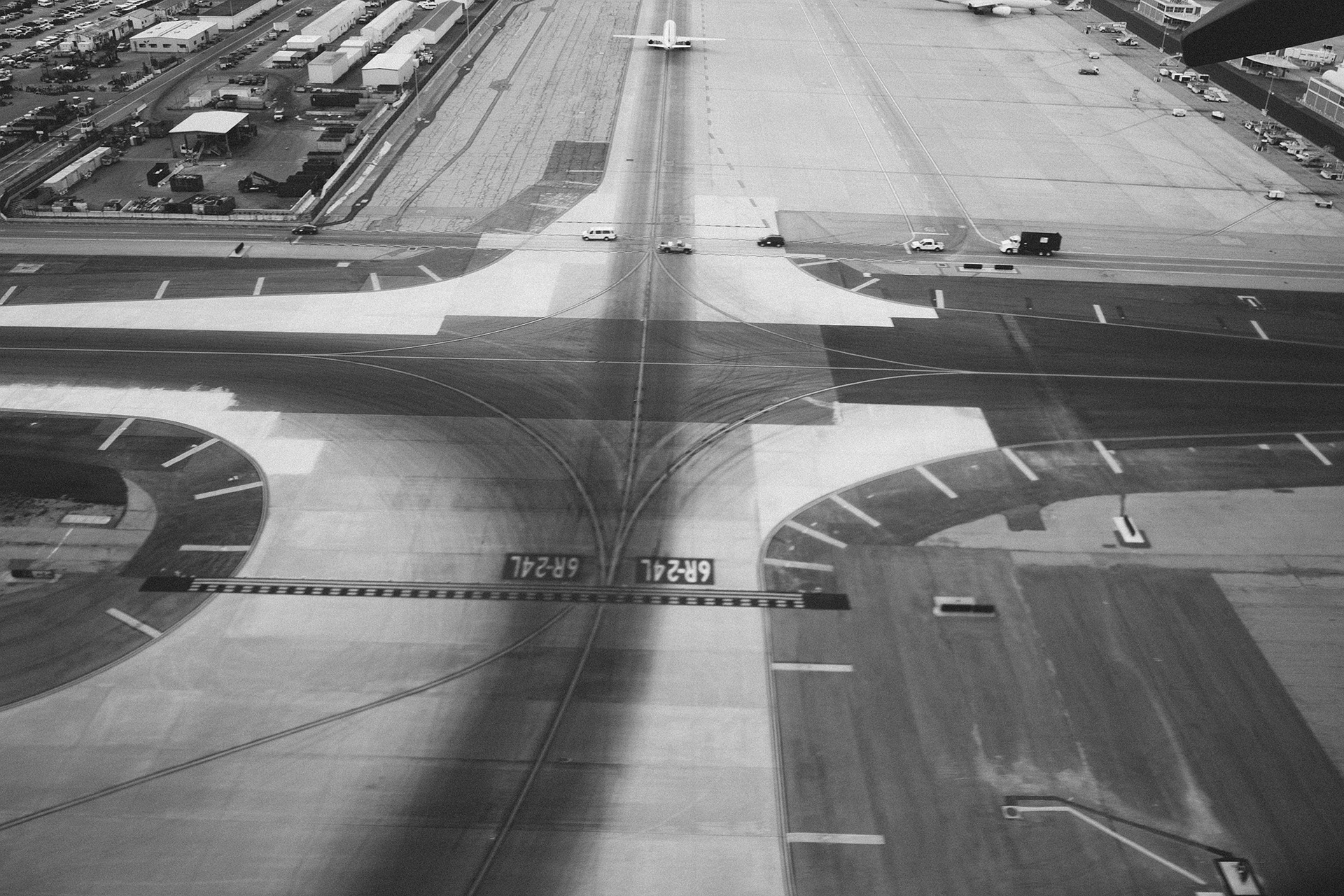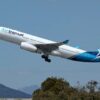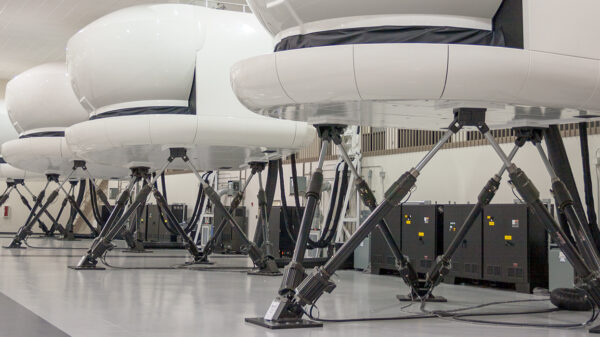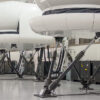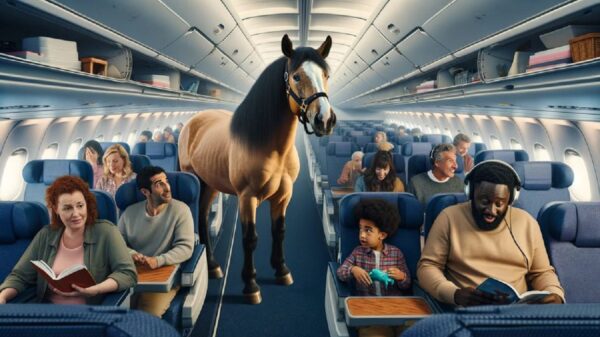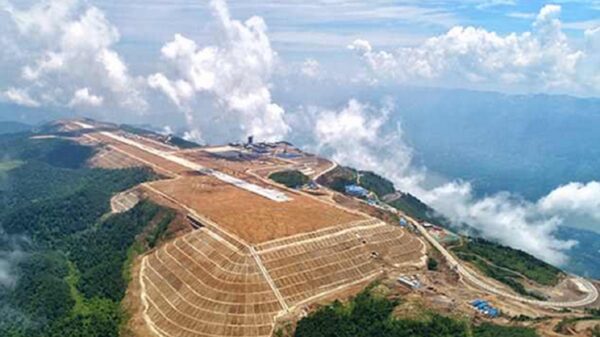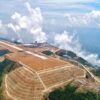When we think about airports, we often focus on the terminal buildings, the changing facilities they offer, and how they handle increasing passenger numbers. However, one crucial element usually passes unnoticed: the runway. Whether made of asphalt, concrete, grass, sand, ice, or any other material, every flight takes off and lands on a runway.
A suitable runway is essential, and airports sometimes undergo expansion projects to accommodate their growing needs. Here are five fascinating facts about these long pavement strips where it all begins and ends.
Fact #1: Threshold stripes indicate runway width as you gaze out of your window seat, you might notice a series of white-painted bars at the end of the runway.
These markings, known as “Runway Threshold Stripes,” serve a purpose—they inform pilots about the runway width. The number of stripes varies depending on the width, as shown below:
- There are four stripes for a runway width of 60 feet (18 metres).
- There are six stripes for a runway width of 75 feet (23 metres).
- There are eight stripes for a runway width of 100 feet (30 metres).
- For a runway width of 150 feet (45 metres), there are 12 stripes.
- For a runway width of 200 feet (60 metres), there are 16 stripes.
Most large international airports capable of accommodating large passenger aircraft have wide runways marked by eight white bars on each side of the centerline. However, smaller regional or general aviation airports have fewer threshold stripes, indicating the runway size to pilots.
Fact #2: Runways are aligned with prevailing winds according to newton’s third law of motion, every force creates an equal and opposite force. In aeroplanes, the headwind flowing over the wings helps generate lift, reducing engine power dependence for takeoff.
Similarly, landing in the wind slows down the aircraft during descent. It is typical for runways to be aligned with the prevailing winds in the region to optimise the process.
Some airports even have non-parallel runways as alternatives when currents differ from the most common direction at certain times of the day. Runways are designed to minimise crosswind landings for pilots.
Fact #3: Runways are not perfectly flat although runways appear flat, they are not level. Conversely, minor slopes or dips from one end to the other may affect takeoff performance. On the other hand, runways are built with a slight crown in the middle to facilitate rainwater movement towards the sides.
Similarly, roads also have a subtle 1 to 2 % angle from the centre to the pavement edges. Despite these design features, heavy rainfall can still cause flooding.
Fact #4: Specific dimensions for the runway font the numbers and letters painted on runways indicate their compass bearing, with the last number omitted.
For example, if a runway’s centerline points towards 275 degrees, the painted markings would display “27,” potentially accompanied by the letters R, L, or C in cases where an airport has parallel runways.
The Federal Aviation Administration (FAA) provides precise guidelines for these numbers and letters. Each character has exact measurements, with every number measuring 63 feet vertically, as shown in the diagram. These markings must be large enough to ensure aircraft are correctly aligned with the runway.
Fact #5: The world’s longest and shortest runways the length of an airport’s runway depends on various factors. Commercial and cargo airliners typically require longer runways.
Additionally, airports in hot climates or at high altitudes must construct extended runways to compensate for reduced lift capabilities—consequently, the world’s longest runway measures 5,500 metres (18,045 feet).
Qamdo Bamda Airport, situated at 4,334 metres (14,219 feet) above sea level, held the record for the longest runway. However, recent reports suggest that it may no longer be used and have been replaced by a shorter runway.
On the other side of the world, Juancho E. Irausquin Airport on the Dutch Caribbean island of Saba stands out for its unique features. With an elevation of just 60 metres above sea level, this airport only accommodates small aircraft like De Havilland Canada DHC-6 Twin Otters and Britten-Norman BN-2 Islanders.
Its runway, spanning 400 metres, is renowned for its challenging approach and breathtaking views.
Conclusion: While terminal buildings often steal the spotlight, runways play a vital role in aviation. From threshold stripes indicating width to alignment with prevailing winds and careful design considerations, runways are essential to safe and efficient air travel.
Understanding these intriguing facts offers a glimpse into the hidden world beneath our wings.


